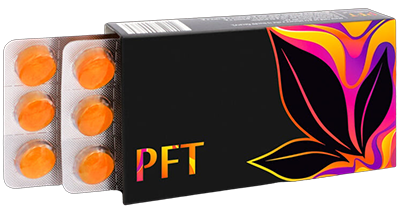
Sugar cravings can feel overwhelming, but they are manageable. By understanding the common triggers and adopting practical strategies, you can reduce your desire for sweets and improve your overall health and energy levels.
Stabilize Blood Sugar Levels
One of the primary reasons for intense sugar cravings is unstable blood sugar. When your blood sugar drops too low, your body signals an urgent need for quick energy, often leading to a desire for sugar. To prevent this, focus on consuming balanced meals and snacks:
- Eat Regular Meals: Don't skip meals. Spreading your food intake throughout the day helps maintain more consistent blood sugar.
- Prioritize Protein and Fiber: Include a good source of protein (e.g., lean meats, fish, eggs, legumes, nuts) and fiber (e.g., whole grains, vegetables, fruits) with every meal. These nutrients slow down digestion, prevent rapid sugar spikes, and keep you feeling full longer.
- Choose Complex Carbohydrates: Opt for whole grains (oats, quinoa, brown rice) over refined carbohydrates (white bread, pasta), as they release glucose more slowly into your bloodstream.
Hydrate Adequately
Sometimes, what feels like a craving for sugar is actually a sign of dehydration. Our bodies can confuse thirst with hunger or a desire for specific foods. Before giving in to a craving, try drinking a large glass of water and wait 10-15 minutes. Often, the craving will diminish or disappear.
Manage Stress Effectively
Stress can significantly impact your desire for sugary foods. When stressed, your body releases cortisol, a hormone that can increase appetite and specifically prompt cravings for high-sugar, high-fat "comfort" foods. Incorporate stress-reduction techniques into your daily routine:
- Mindfulness or meditation
- Deep breathing exercises
- Gentle exercise like yoga or walking
- Spending time in nature
- Engaging in hobbies or activities you enjoy
Prioritize Quality Sleep
Lack of sleep can throw your appetite-regulating hormones (ghrelin and leptin) out of balance. Ghrelin (the hunger hormone) increases, while leptin (the satiety hormone) decreases, leading to increased hunger and stronger cravings for sugary and high-calorie foods. Aim for 7-9 hours of consistent, quality sleep each night.
Practice Mindful Eating
When a sugar craving strikes, pause and become aware of it. Ask yourself:
- Am I truly hungry, or is this an emotional craving (e.g., boredom, sadness, stress)?
- What am I really feeling right now?
If you decide to indulge, do so mindfully. Take a small portion, eat it slowly, savoring each bite. Pay attention to the taste, texture, and how your body feels. This approach can lead to greater satisfaction with less food.
Swap Wisely
Instead of reaching for processed sweets, try healthier alternatives when a craving hits:
- Fresh Fruit: Naturally sweet and packed with fiber, vitamins, and antioxidants. Berries, apples, and bananas are great choices.
- Dark Chocolate: If you crave chocolate, choose dark chocolate with a high cocoa percentage (70% or more). It contains less sugar and provides antioxidants. Eat it in small amounts.
- Sweet Spices: Add cinnamon, nutmeg, or vanilla to your coffee, oatmeal, or yogurt for a hint of sweetness without added sugar.
Limit Artificial Sweeteners
While they don't contain calories, some studies suggest that artificial sweeteners can perpetuate your desire for sweet tastes and may even interfere with gut bacteria, potentially leading to increased sugar cravings over time. It's often better to gradually reduce your overall reliance on intense sweetness.
Distract and Move Your Body
Sometimes, a craving is just a passing impulse. Engage in an activity that takes your mind off food. Go for a brisk walk, call a friend, read a book, listen to music, or do some chores. Physical activity can also help balance blood sugar and release feel-good endorphins.
Seek Professional Guidance
If sugar cravings are persistent, overwhelming, and significantly impacting your health or diet, consider consulting a healthcare professional, registered dietitian, or a therapist specializing in emotional eating. They can help identify underlying issues and provide personalized strategies.
Back to Table of Contents
ADVERTISEMENT

Control Your Appetite with PFT!
Ready to take control of your appetite and support your weight loss journey? APLGO's PFT is designed to help normalize your appetite, reduce cravings, support metabolism, and promote slimming when combined with a healthy diet and exercise. Packed with powerful ingredients like Ginger, Aloe Vera, Garcinia Cambogia, and essential vitamins, PFT supports your body's natural processes for a healthier you. Try PFT today and feel the difference!
